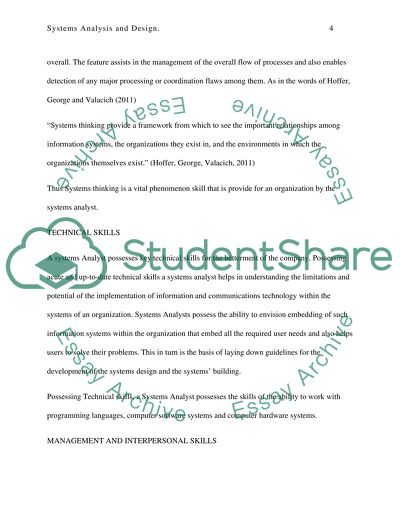Cite this document
(“Systems Analysis & Design Methods Research Paper”, n.d.)
Retrieved from https://studentshare.org/information-technology/1394310-systems-analysis-design-methods
Retrieved from https://studentshare.org/information-technology/1394310-systems-analysis-design-methods
(Systems Analysis & Design Methods Research Paper)
https://studentshare.org/information-technology/1394310-systems-analysis-design-methods.
https://studentshare.org/information-technology/1394310-systems-analysis-design-methods.
“Systems Analysis & Design Methods Research Paper”, n.d. https://studentshare.org/information-technology/1394310-systems-analysis-design-methods.


